Há muitas parcerias entre diretores e
artistas no cinema, em todos os países. Por exemplo, você consegue citar uma
dupla de ator / diretor famosa do cinema alemão? A primeira que me vem à mente
é Klaus Kinski / Werner Herzog. E uma dupla de atriz / diretor do cinema alemão?
Vou apresentar a você uma dupla que veio muito antes – e era bem mais
divertida: Ossi Oswalda e Ernst Lubitsch. Sim, AQUELE Ernst Lubitsch.
There are many great director / performer
partnerships in film, all over the world. For instance, can you mention a
famous actor/director duo in German cinema? The first one that comes to mind is
Klaus Kinski / Werne Herzog. How about an actress/director duo in German
cinema? I’m about to introduce you a duo that came much earlier – and was much
funnier: Ossi Oswalda and Ernst Lubitsch. Yes, THAT Lubitsch.
Lubitsch nasceu em 1892 em Berlim. Ele
fez seu primeiro filme como ator em 1912 e dirigiu sua primeira película em
1914. Nove anos depois, ele estaca em Hollywood, escolhido a dedo pela própria
Mary Pickford. Parte do seu sucesso veio quando ele dirigiu a carismática e
incrivelmente popular Ossi Oswalda. Um dos filmes que eles fizeram juntos foi “Não
quero ser um homem” (1918), apresentado como ‘uma comédia em três atos de Ernst
Lubitsch’.
Lubitsch was born in 1892 in Berlin. He made his
first movie as an actor in 1912 and directed his first feature in 1914. Nine
years later, he was in Hollywood, hand-picked by Mary Pickford herself. Part of
his success came by directing the charismatic and incredibly popular Ossi
Oswalda. One of the films they did together was “I don’t want to be man”
(1918), presented as ‘a comedy in three acts by Ernst Lubitsch’.
A jovem Ossi (Ossi Oswalda) não pode
fazer nada divertido. Ela não pode jogar pôquer com amigos. Se ela fuma, é
criticada pela governanta (Margarete Kupfer), uma velha senhora que gosta de
fumar. Se ela bebe álcool, ela é criticada pelo tio, um velho homem que gosta
de beber. Ela também não pode sair de casa e conversar com os garotos. A
hipocrisia impede Ossi de se divertir.
Young Ossi (Ossi Oswalda) can’t do anything fun. She
can’t play poker with the guys. If she smokes, she is reprimanded by her
governess (Margarete Kupfer), an old woman who enjoys smoking. If she drinks,
she is reprimanded by her uncle, an old man who enjoys drinking. She also can’t
go out to chat with the guys. Hypocrisy doesn’t let young Ossi have fun.
Por isso, quando seu tio tem de fazer
uma viagem de navio, Ossi fica em êxtase, achando que finalmente será livre.
Mas seus sonhos naufragam com a chegada de um tutor severo, o Dr. Kersten (Curt
Goetz), que irá colocá-la “no lugar”. Ossi percebe que só há uma maneira de ser
livre: fingir que é um homem.
So, when her uncle has to go on a ship trip, Ossi
becomes ecstatic, thinking she’ll finally be free. But her dreams of freedom shipwreck
with the arrival of a strict guardian, Dr. Kersten (Curt Goetz), who will put
her “in her place”. Ossi realizes there is only one way to be free: to pretend
she is a guy.
Ela compra um terno, completa o
disfarce com uma cartola, peruca, monóculo e bengala, e vai conquistar o mundo.
Ela começa zoando a governanta, que fica lisonjeada quando Ossi beija sua mão,
e completa dizendo: “que cara legal!”.
She buys a suit, completes her disguise with top
hat, a wig, a monocle and a cane, and goes conquer the world. She starts by
making a fool of the governess, who blushes as Ossi kisses her hand, and then
saying: “what a nice fellow!”.
Agora Ossi pode fumar, beber, olhar
para os traseiros das moças... e ela é considerada fofa pelas moças em um baile
porque elas acham que Ossi é um homem baixinho. Ela também tem problemas: ela
precisa ficar em pé dentro do metrô, porque precisa dar seu lugar para as
moças; ela é quase esmagada por uma multidão de homens mais altos que ela e,
claro, ela tem de usar o banheiro masculino estando bêbada.
Now Ossi can smoke, drink, look at girls’ behinds…
and she is considered cute by the girls in a ball because they think she is a
very short man. She also has problems: she has to ride the subway standing up,
because she must give her seat to the ladies; she is almost crushed inside a
crowd of men much higher than her and, of course, she has to use the male
bathroom while drunk.
No baile, Ossi vê seu tutor e começa
a flertar com a mulher que o acompanha. Quando a mulher abandona os dois por um
terceiro homem, Ossi e o tutor começam a conversar, fumar e beber garrafas e
mais garrafas de champagne, e inclusive fazem um brinde “aos brothers”. As
consequências da bebedeira são inesperadas e deliciosas.
At the ball, Ossi sees her guardian and starts
flirting with the woman who is accompanying him. When the woman leaves them
both for a third man, Ossi and the guardian start chatting, smoking and
drinking bottles and bottles of champagne, even making a toast to “the bros”.
The consequences of their drinking night are unexpected and delightful.
É comum que se refiram a Ossi Oswalda
como “a Mary Pickford alemã”. Cinco anos mais nova que a Mary Pickford original
(o IMDb é o único lugar que traz seu ano de nascimento como 1899), Ossi era uma
bailarina que foi convidada para Lubitsch para fazer cinema. Ela era muito
popular no final dos anos 1910 e início dos anos 1920 – sendo “A Boneca”, de 1919, o melhor filme de sua colaboração com Lubitsch. Depois de fazer seu
último filme, em 1933, Ossi, sua família e seu namorado judeu fugiram da
Alemanha Nazista e foram viver na Tchecoslováquia, onde Ossi faleceu aos 50
anos.
Ossi Oswalda is commonly referred as “the German
Mary Pickford”. Five years younger than the original Mary Pickford (IMDb is the
only place where it is written she was born in 1899), Ossi was a ballerina who
was invited b Lubitsch to appear in movies. She was extremely popular in the
late 1910s and early 1920s – being “The Doll”, from 1919, the best film from
herb collaboration with Lubitsch. After she made her last film, in 1933, Ossi,
her family and her Jewish boyfriend fled the now Nazi Germany and went to live
in Czechoslovakia, where Ossi died at age 50.
Em 1908 Sigmund Freud escreveu pela
primeira vez sobre sua teoria da inveja do pênis – algo importante durante o
desenvolvimento de uma criança. A teoria foi então estendida para se referir às
mulheres que sentem inveja de toda a liberdade que os homens têm e que é a elas
negada. Embora em 1918 essa extensão de pensamento ainda estivesse longe de ser
feita, Ossi certamente tem inveja de como os homens podem fazer mais coisas e
viver mais livremente que as mulheres.
In 1908 Sigmund Freud wrote for the first time
about his theory of the penis envy – something important during the child’s
development. The theory was then stretched to refer to women who felt jealous
of all freedom men have – a freedom denied to women. Although by 1918 this
stretching was not yet made, Ossi for sure is jealous of how men can do more
things and live more freely than women.
É interessante notar que, mesmo que
isso seja brevemente sugerido, a intenção do filme não é mostrar que os homens
têm uma vida muito mais difícil. Ossi sofre um pouquinho quando está vestida de
homem, mas não a ponto de acreditar que as mulheres têm uma vida mais “fácil” –
embora mais restrita – que os homens.
It’s interesting noticing that, even it is hinted,
the goal of the movie is not to show how men have a much harder life. Ossi does
suffer a little when she is dressed as a man, but not to the point to believing
that women have an “easier” – yet more restricted – life than men.
Vestir-se como outro gênero é algo
comum no cinema – já escrevi sobre isso AQUI – e lidar com as diferenças entre
homens e mulheres também é um tema comum – o primeiro filme que teve tanto cross-dressing quanto debate acerca de
gênero foi “As Consequências do Feminismo”, de Alice Guy, feito em 1906. Ernst
Lubitsch, roteirista de diretor de “Não quero ser um homem”, escolheu uma
maneira engraçada para abordar os temas. Mas aqui “engraçada” não significa “segura”:
o filme pode ser considerado queer e
revolucionário, porque o tutor e Ossi (vestida de homem) se beijam quando estão
bêbados, e não se arrependem depois. Ossi também flerta com homens e mulheres.
Dressing as another gender is something common in
film – I’ve written about it HERE – and
dealing with the differences between men and women is also common – the first
film that had both cross-dressing and gender debate was Alice Guy’s “The Consequences of Feminism”, from 1906. Ernst Lubitsch, both writer and director
of “I don’t want to be a man”, chose a funny way to deal with the subjects. But
here “funny” doesn’t mean “safe”: the film can be considered queer and
groundbreaking, because the guardian and Ossi-as-male do kiss when they are
drunk, and they don’t regret it later. Ossi also flirts with both men and
women.
“Eu não quero ser um homem / Ich möchte kein Mann sein” tem
apenas 45 minutos de duração e mostrou que minhas lições de alemão valeram a
pena – aliás, eu escrevi sobre Ossi Oswalda da primeira vez em que não tive
erros em uma redação em alemão. Além disso, é um filme ousado que mesmo hoje,
100 anos depois, Hollywood não ousaria fazer. E tem como estrela Ossi Oswalda,
quando seu brilho era máximo.
“I don’t want to be a man / Ich möchte kein Mann sein” is only 45 minutes long
and it showed me that my German lessons were worthwhile – by the way, I wrote
about Ossi Oswalda in the first time I had no mistakes writing an essay in
German. Besides that, it is a daring movie that even today, 100 years ago,
Hollywood wouldn’t have the guts to make. And it stars Ossi Oswalda when she
was shining the brightest.
This is my contribution to the Gender Bending the
Rules blogathon hosted by Quiggy at The Midnite Drive-In and Chris at Angelman’s Place.


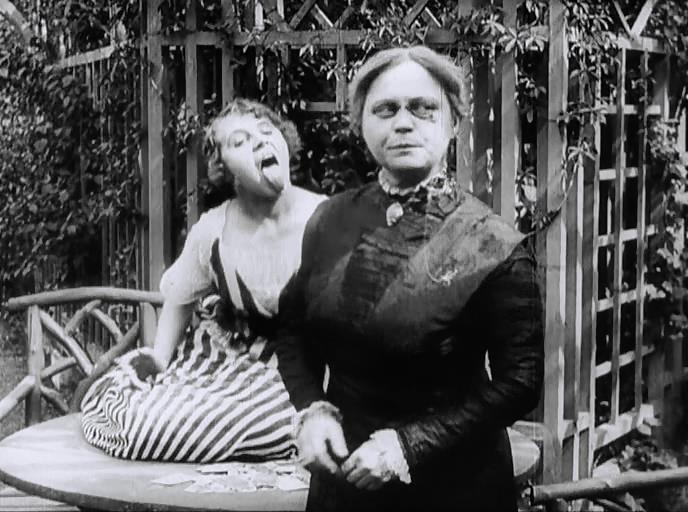
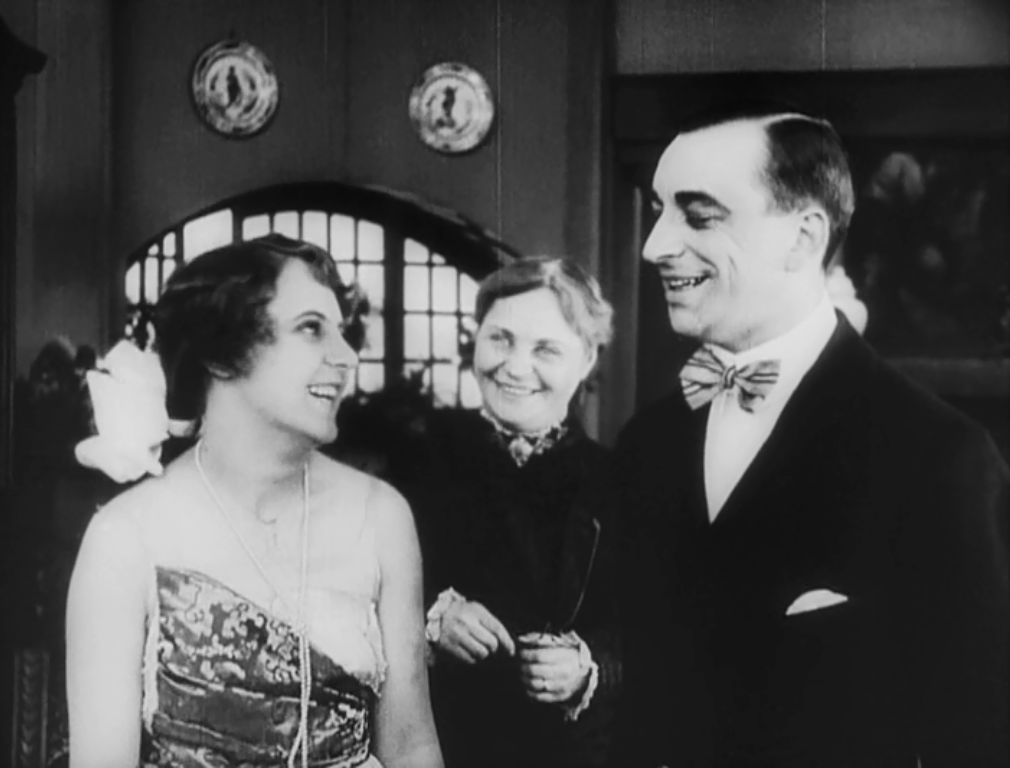


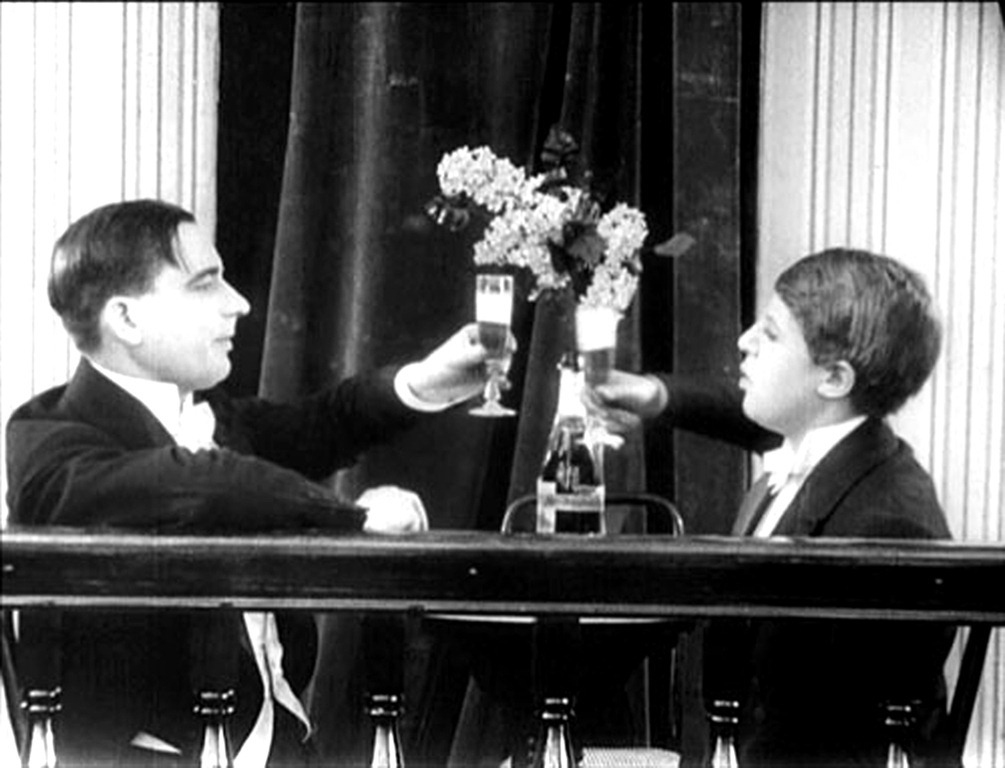
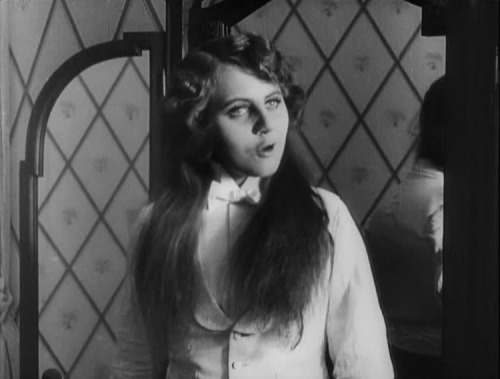
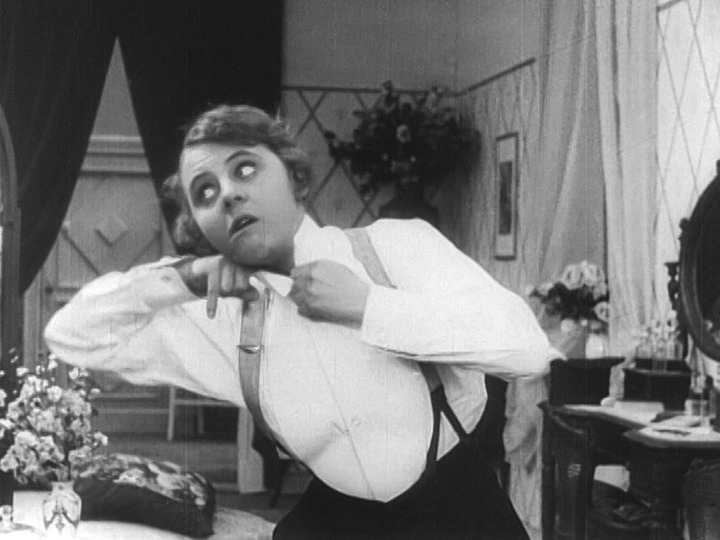
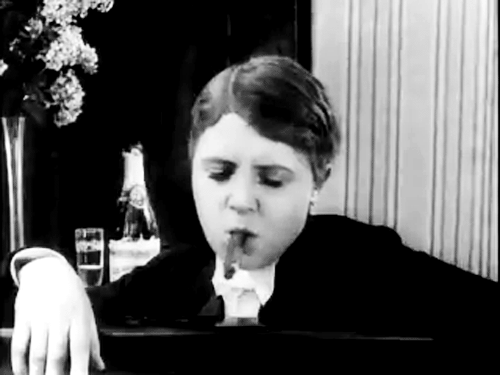
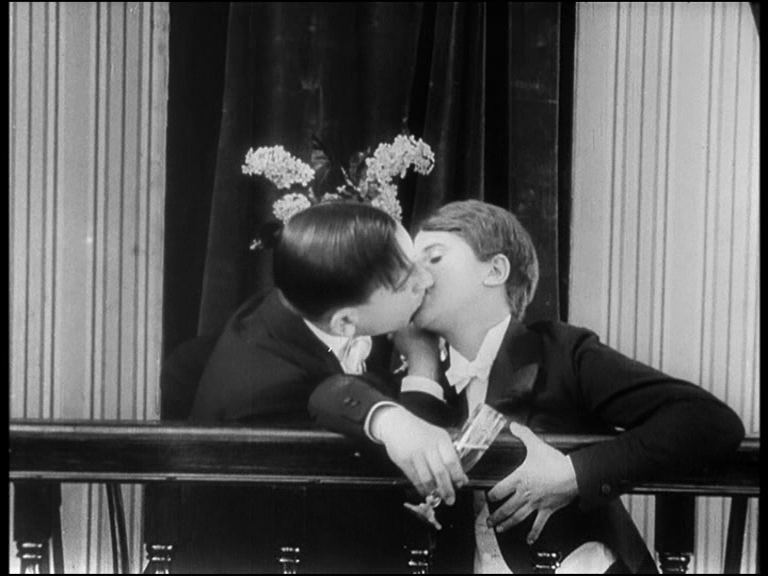

How grand! This thought-provoking comedy sounds like a world of fun. Thank you for introducing it to me and reminding me that I still haven't watched The Doll. So behind on my film education.
ReplyDeleteWow, this looks delightfully humorous and sexy, too!
ReplyDeleteThis blogathon has been an educational experience with my introduction to films like this one and Caftan Woman's First a Girl.
Lê, thank you SO much for including this gem in our event!
-Chris
Tenho de ver!!
ReplyDeleteCarol, The Old Hollywood Garden
Wow!! I want to see that film! I love how you make us less known picture and totally convince us of their pertinence with your brilliant and informative articles, Leticia.
ReplyDelete